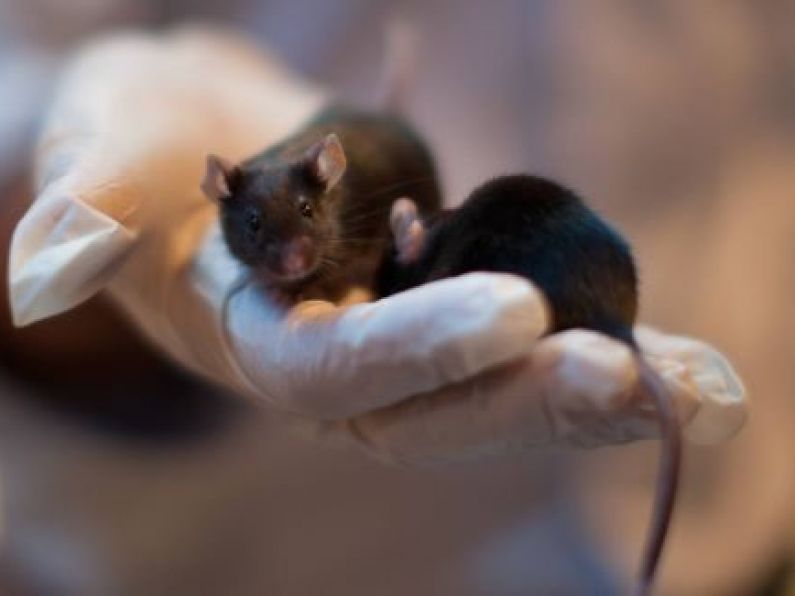Scientists say they have created mice with two biological fathers using eggs originating from male cells.
This development could one day pave the way for new possibilities for reproduction and allow human male couples to have children.
Researchers claim they successfully created the eggs by turning male XY chromosome pairs from the skin cells of male mice into female XX chromosome pairs.
This was achieved by converting the skin cells into stem cells, deleting the Y chromosomes, copying the x chromosomes and then pairing the copies with the original X chromosomes.
This allows the stem cell to be programmed to become an egg. The egg was then fertilised with sperm from another mouse.
Researchers say the technique was used to create seven mice pups, which appeared healthy and had a normal lifespan.
Katsuhiko Hayashi who is internationally renowned as a pioneer in the field of lab-grown eggs and sperm presented the development at the Third International Summit on Human Genome Editing at the Francis Crick Institute in London on Wednesday.
He said: “This is the first case of making robust mammal oocytes from male cells” but acknowledges that it could take years before his technique is used successfully in human cells. However, he believes it is possible within the next decade.
Others suggested that it could prove challenging to translate the technique to human cells. Human cells require much longer periods of cultivation to produce a mature egg, which can increase the risk of cells acquiring unwanted genetic changes.
Prof George Daley, the dean of Harvard Medical School, described the work as “fascinating”, but added that other research had indicated that creating lab-grown gametes from human cells was more challenging than for mouse cells. “We still don’t understand enough of the unique biology of human gametogenesis to reproduce Hayashi’s provocative work in mice,” he said.
The results of the study have now been submitted for publication in the scientific journal Nature.






